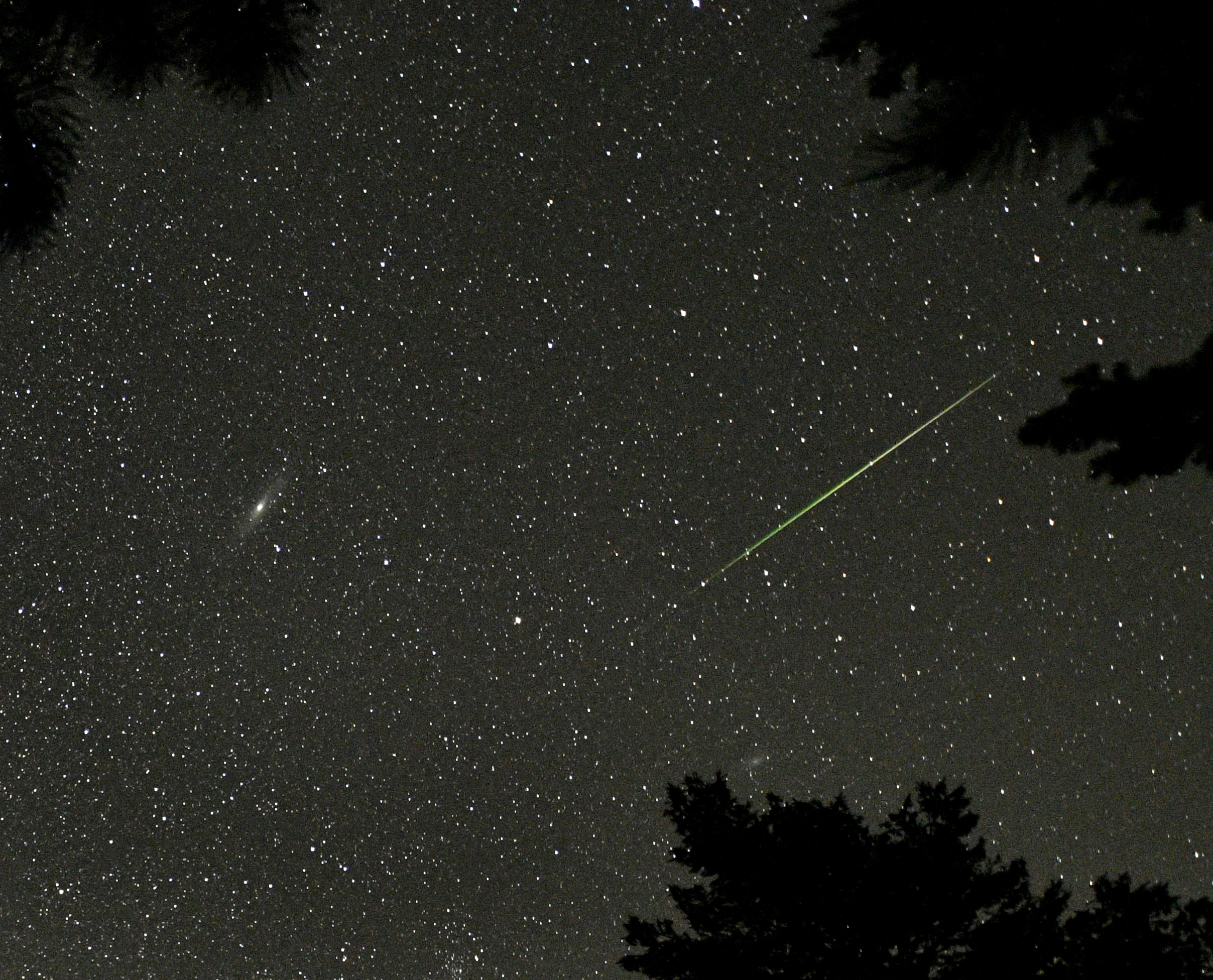Late Sunday night to early Monday morning will mark the peak of the annual Perseid meteor shower, arguably the most popular and dramatic meteor shower around. An average 60 meteors per hour are expected to streak across the sky, a spectacle that will be enhanced this year by a darkened crescent moon. NASA says the best time to see the shower is between 2 a.m. and dawn local time—but the shower will be visible as early as 9 p.m.
The Perseid shower occurs when the Earth passes through the tail of the Swift-Tuttle comet. Small particles of comet dust burn up when entering Earth’s atmosphere, creating the bright streaks (mistakenly) known as “shooting stars.”
Watching the shower doesn’t require any special equipment, but viewers should stay find a spot away from artificial light, and NASA recommends allowing about 30 minutes without light—including your smartphone!—for your eyes to adjust to the dark.
Get Data Sheet, Fortune’s technology newsletter.
Clear skies will also make viewing more enjoyable. Space.com has a shower-viewing forecast, currently indicating that cloud cover and smoke from summer wildfires will obscure the view for those in the Western U.S. By contrast, conditions in the central U.S. are expected to be particularly good.
If clouds obscure the sky where you are, there are several options for watching the shower online. NASA will be streaming a view from Huntsville, Ala. live on its MeteorWatch Facebook page. Starting at 5 p.m. ET Sunday, the astronomy site Slooh will also host a stream of the shower, complete with commentary and Q + A from astronomers.








